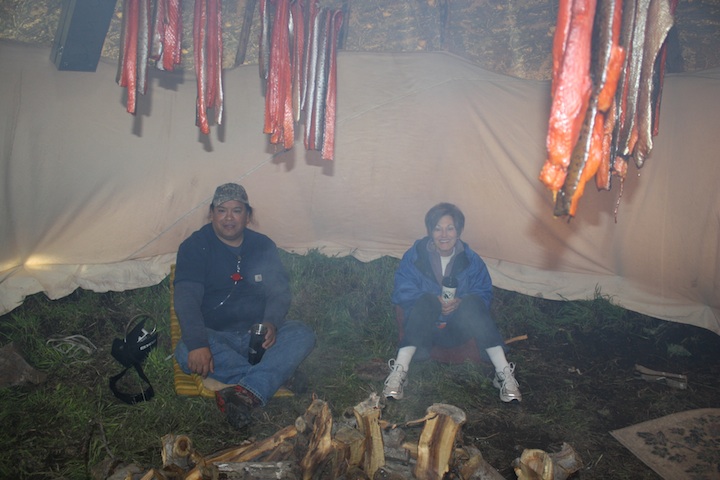PRESS RELEASE: OSU to test new tools to assess health risk from Superfund sites – OSU has received an NIEHS Multiproject Center Grant (P42) award for another five years of funding. We are all excited to share the big news!
From NIEHS SRP:
The OSU SRP has been funded since 2009, and focuses on improving technologies and identifying emerging health risks related to polycyclic aromatic hydrocarbons (PAHs). OSU SRP aims to test new technologies for measuring the toxicity of environmental chemicals to determine their health risk and see if cleaning up hazardous waste sites generates even worse chemicals. PAHs, found at Superfund sites and urban settings, are formed in the burning of carbon-based energy sources, such as diesel, gasoline, coal, petroleum, and in cooking or tobacco smoke.
“The research could help local, state, and federal agencies, like the U.S. Environmental Protection Agency, better understand the risk posed by PAHs,” said Dave Williams, Ph.D., director of the OSU SRP.


